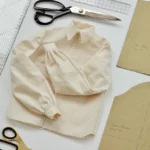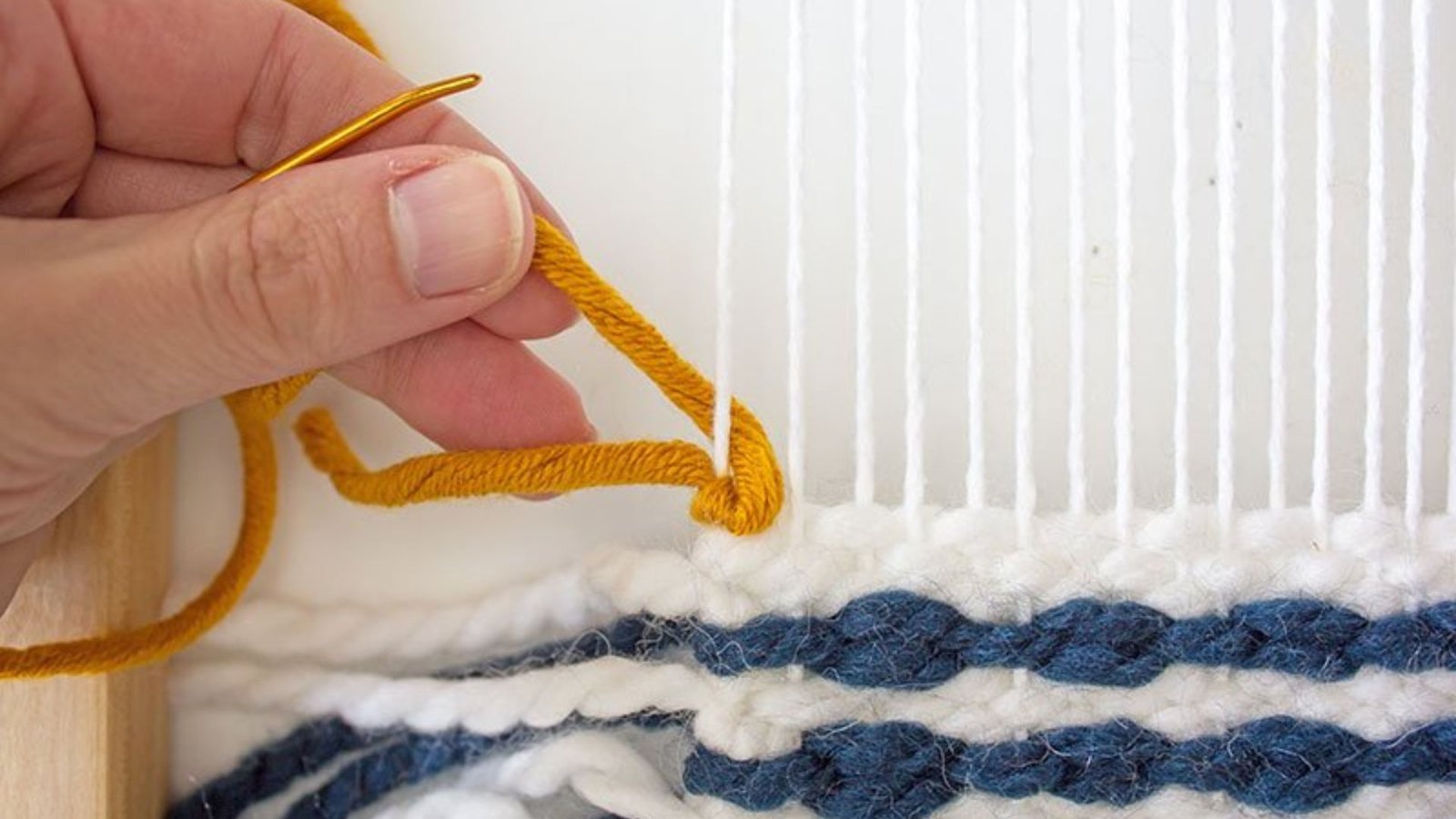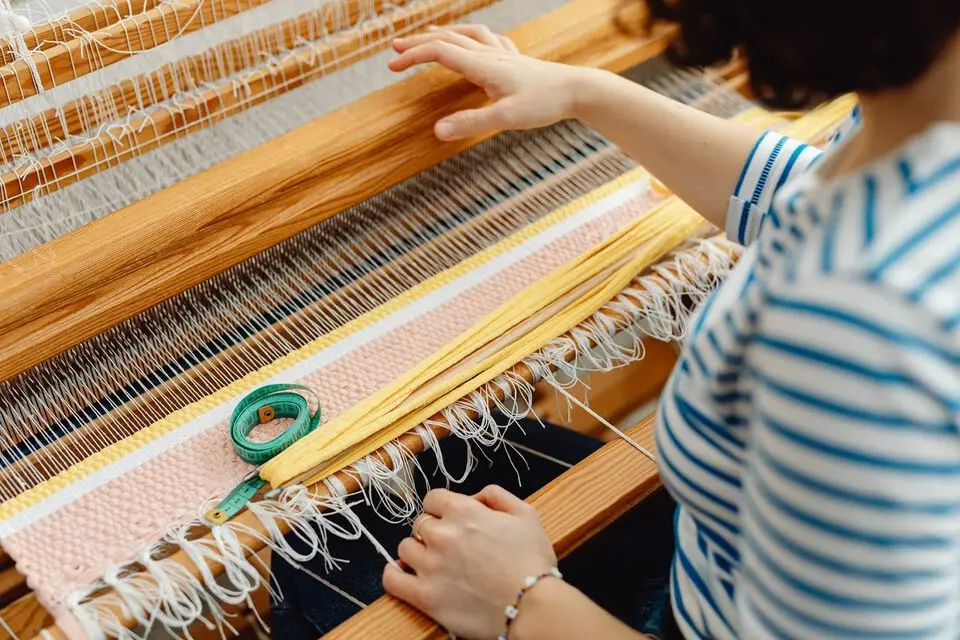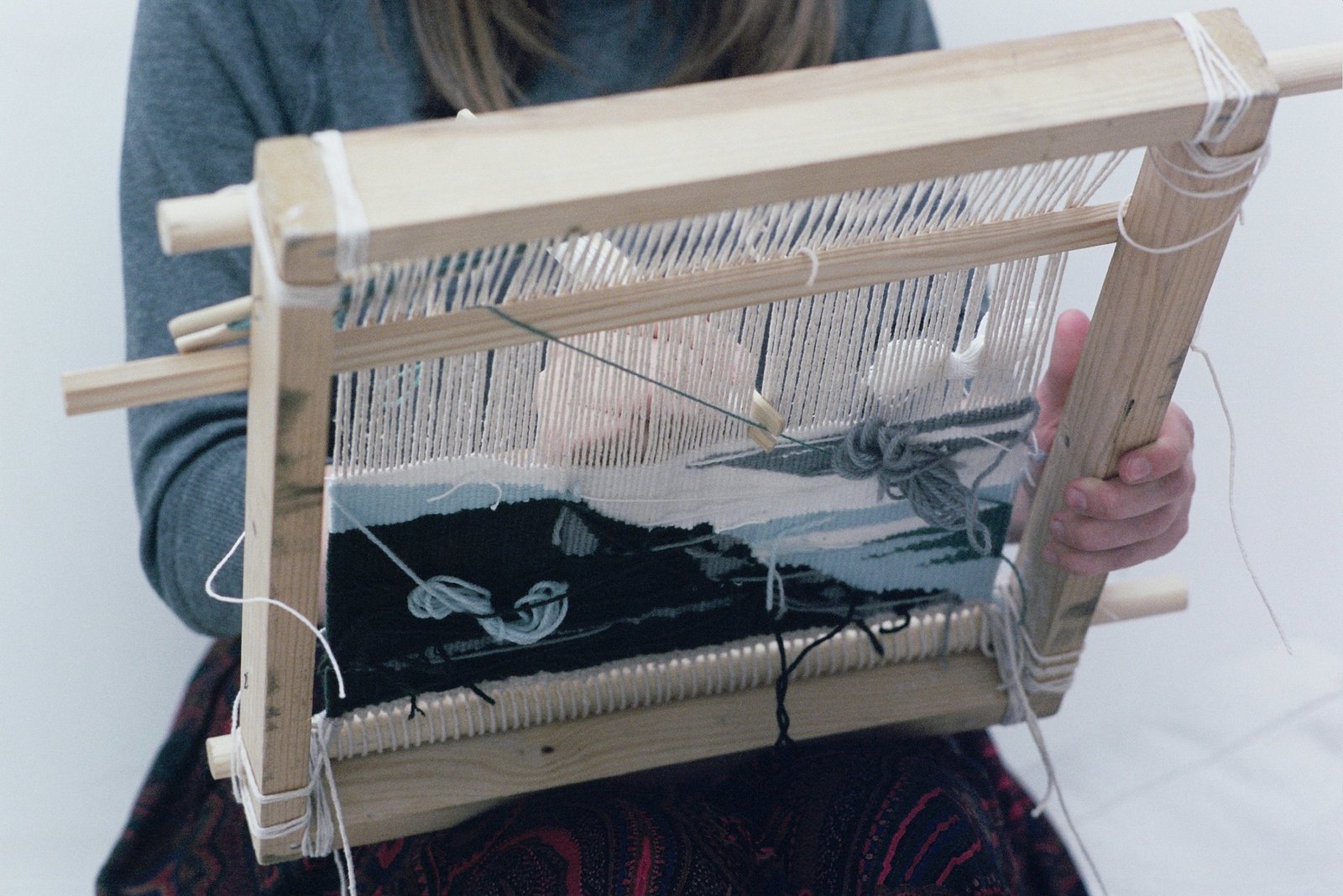In recent years, there has been a notable resurgence in the popularity of handweaving as a craft. This ancient technique, once overshadowed by industrial textile production, is now enjoying a renaissance among modern crafters and designers. The rise of handweaving in contemporary crafts reflects a growing appreciation for artisanal skills, sustainability, and the unique qualities that handmade textiles offer. This article explores why handweaving is making a comeback and how it is influencing modern craft practices.
1. The Appeal of Handweaving
Artisanal Craftsmanship:
Handweaving represents a commitment to artisanal craftsmanship that cannot be replicated by machines. Each piece is meticulously crafted by hand, allowing for a level of detail and individuality that machine-made textiles often lack. This personal touch is highly valued in an era where uniqueness and authenticity are prized.
Connection to Tradition:
For many modern crafters, handweaving provides a tangible connection to historical traditions and techniques. By practicing handweaving, individuals are not only learning a time-honored skill but also preserving cultural heritage. This sense of continuity with the past adds a layer of meaning to the craft.
Customization and Creativity:
Handweaving offers endless possibilities for customization and creative expression. Weavers can experiment with patterns, colors, and textures to create unique fabrics tailored to their personal tastes or specific design needs. This flexibility allows for innovative designs that stand out in the crowded marketplace of mass-produced textiles.
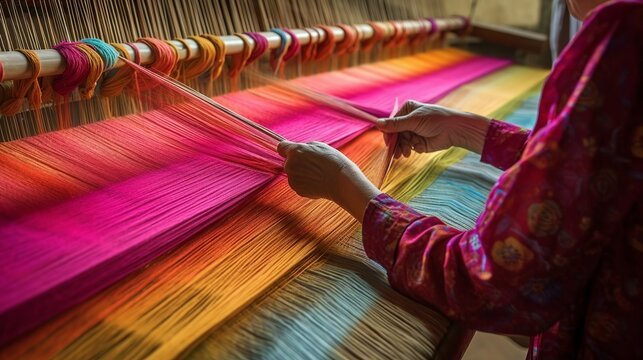
2. Handweaving in Modern Design
Contemporary Fashion:
Handwoven textiles are making a significant impact in the fashion industry. Designers are increasingly incorporating handwoven fabrics into their collections, appreciating their distinctive textures and the craftsmanship behind them. Handwoven garments and accessories offer a touch of individuality and sophistication that appeals to fashion-conscious consumers.
Home Decor:
The revival of handweaving is also evident in home decor. Handwoven rugs, throws, and wall hangings are gaining popularity as homeowners seek to add a personal and artistic touch to their living spaces. These items not only serve practical purposes but also act as focal points that enhance the aesthetic of a room.
Collaborative Projects:
Modern handweavers are collaborating with other artists and designers to create innovative and interdisciplinary projects. These collaborations often blend traditional weaving techniques with contemporary art forms, resulting in unique and dynamic pieces that push the boundaries of conventional craft.
3. Sustainability and Ethical Craftsmanship
Eco-Friendly Materials:
Handweaving aligns with the growing trend toward sustainability in crafting. Many modern weavers use eco-friendly materials such as organic cotton, recycled fibers, and natural dyes. This focus on sustainable practices helps reduce the environmental impact of textile production and supports ethical craftsmanship.
Support for Local Artisans:
The rise of handweaving also supports local artisans and small-scale producers. By choosing handwoven products, consumers are often supporting independent makers and contributing to the preservation of traditional skills. This shift towards supporting local craftspeople is part of a broader movement toward more conscious consumerism.
4. Learning and Community
Educational Opportunities:
As interest in handweaving grows, so do educational opportunities. Workshops, online courses, and community classes are becoming more accessible, allowing individuals to learn and practice handweaving skills. These educational resources are instrumental in nurturing a new generation of weavers and ensuring the continuation of the craft.
Crafting Communities:
Handweaving has also fostered a sense of community among crafters. Online forums, social media groups, and local guilds provide platforms for sharing knowledge, techniques, and inspiration. These communities offer support and encouragement, helping enthusiasts stay engaged and motivated.
5. The Future of Handweaving
The resurgence of handweaving in modern crafts suggests a promising future for this ancient technique. As more people embrace the value of handmade textiles, handweaving will continue to evolve, incorporating new materials and technologies while staying true to its roots. The blend of tradition and innovation ensures that handweaving remains a vibrant and relevant craft in the contemporary landscape.
Integration with Technology:
Emerging technologies, such as digital weaving tools and online design platforms, are opening new possibilities for handweavers. These tools enable crafters to experiment with intricate patterns and designs, enhancing the creative potential of handweaving while maintaining its artisanal essence.
Global Influence:
Handweaving is increasingly recognized on a global scale, with weavers from different cultures and backgrounds contributing to the craft’s diversity. This cross-cultural exchange enriches the practice and introduces new techniques and styles, further expanding the appeal of handwoven textiles.
6. Conclusion
The rise of handweaving in modern crafts reflects a deep appreciation for craftsmanship, tradition, and sustainability. As more people embrace the art of handweaving, its influence on contemporary design and its role in promoting ethical practices continue to grow. Whether through fashion, home decor, or collaborative projects, handweaving offers a unique and meaningful way to connect with the past while shaping the future of textiles.





